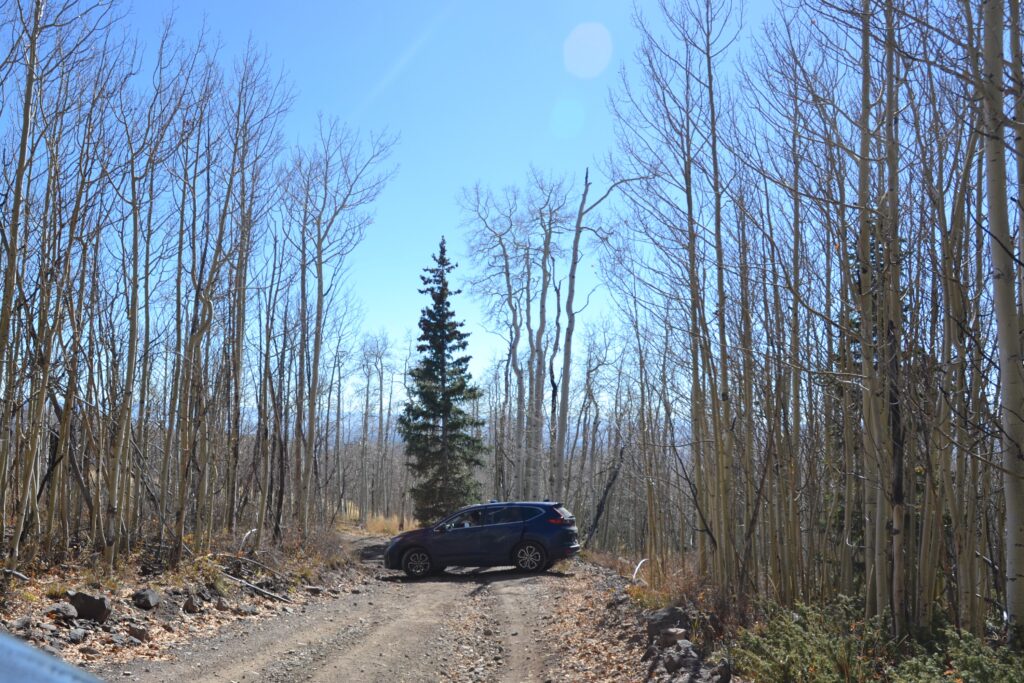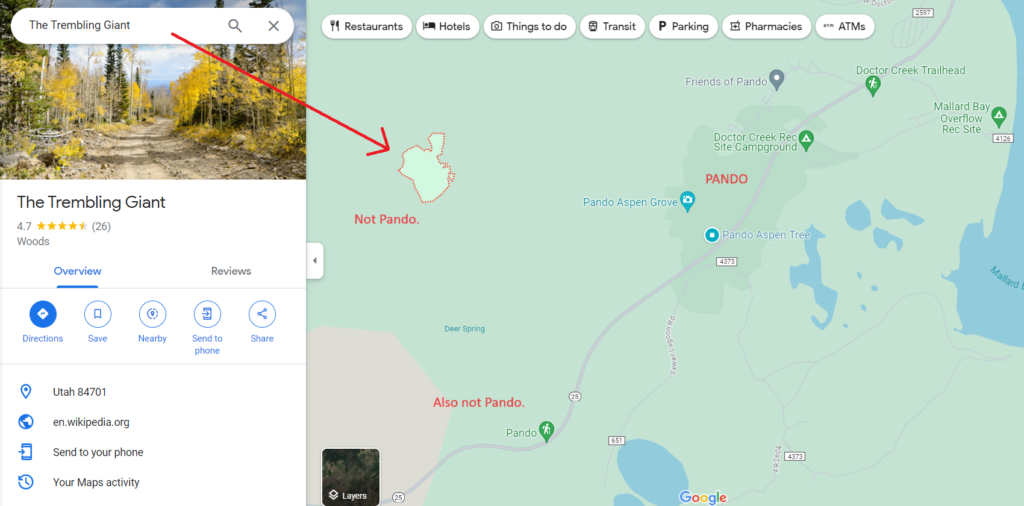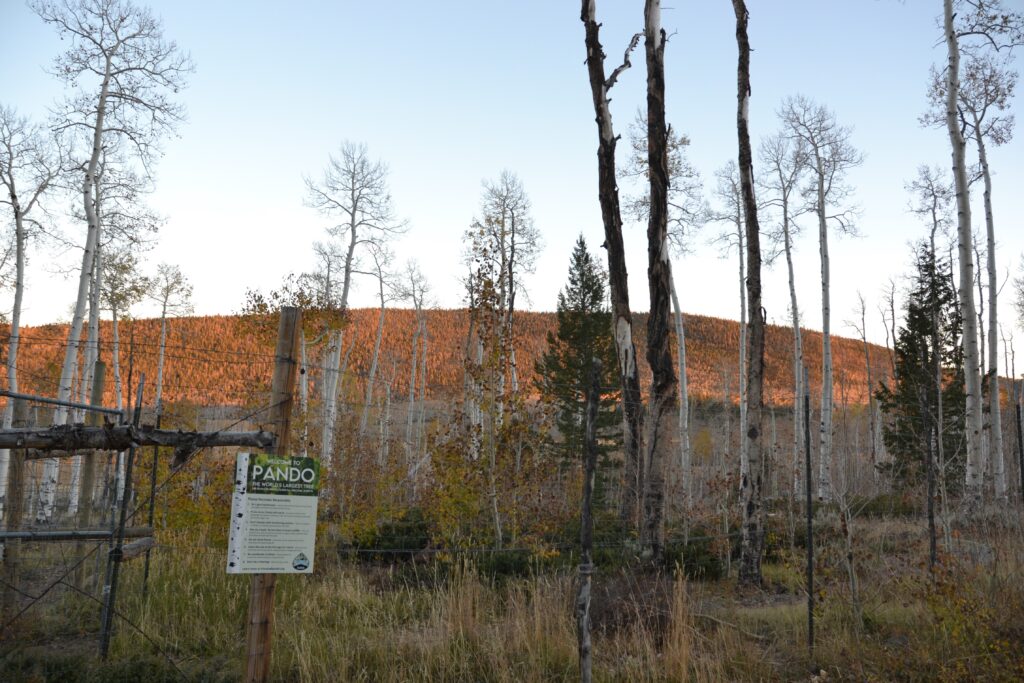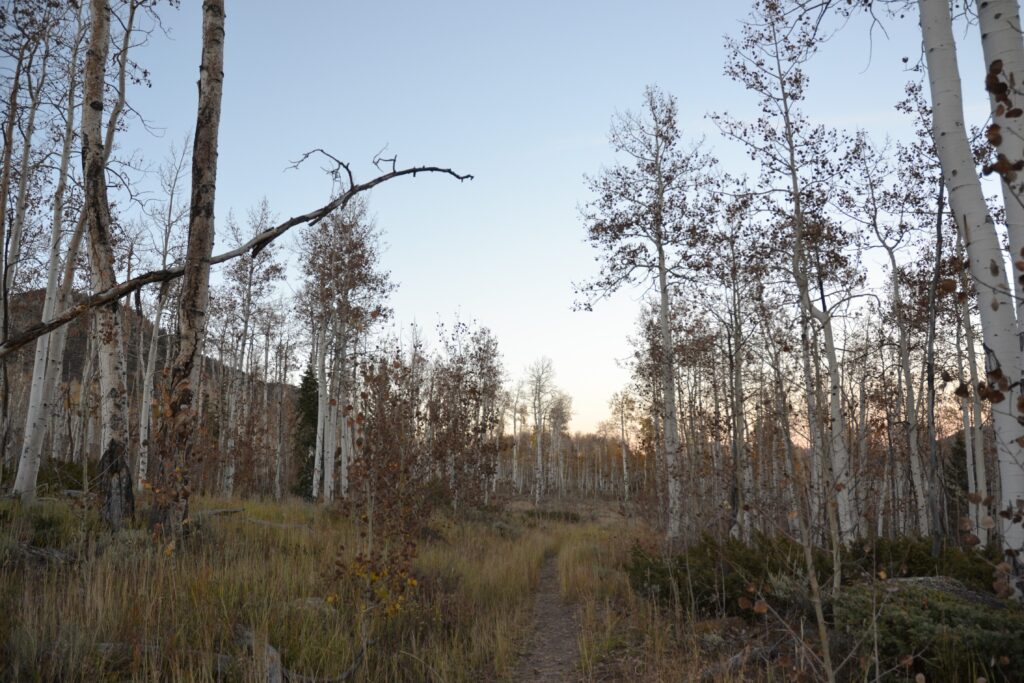I like to think that Christian and I have gotten road trips down to a science at this point, now having ventured together on five of them in the last three years. Exploring new locations over multiple weeks, with no more than three nights in one spot, all while using a vehicle as an extended hotel room / suitcase / restaurant is fun for me. While travel by rail is cheap, enjoyable, and efficient in some places, it doesn’t always make sense if you want to go off the beaten path or maintain some level of schedule flexibility, as I concluded in my Italy travel series this time last year. [1]
Now, since Christian – the car guy – hates driving, I almost always wind up behind the wheel, unless I am legitimately too tired to drive. And as much as he hates driving, I hate blindly following directions given to me by a computer. What that means is that Christian is usually in charge of navigation, with a little more rational discernment than can be provided by GPS. Unfortunately, there is opportunity for miscommunication, but there are far worse things than getting a little lost. More often than not, there’s no harm done, and sometimes we wind up with a fun story – as we did in this case.
’90s Nostalgia or ’90s Influence?
Although my scientific interests have always tended more toward astronomy than biology, tree-hugging was absolutely in my blood (thanks to my conservationist mom), as were plants (thanks to her twin sister, who runs a garden center). And it was another loose connection with the ’90s that may have served as the inspiration (or at least the foundation) for another meaningful stop on our southwest road trip – a stop that transcended science and (at least for me) touched on philosophy and spirituality.
Video credit: [2]
1996 summer flick “Phenomenon,” [3] starring John Travolta, has been compared to “Flowers for Algernon” [4] in its exploration of one man’s rapid increase in intelligence. In what I would call a “sci-fi lite” film, main character George Malley sees a light in the sky on his 37th birthday and immediately experiences a drastic expansion of his mental capacity. At one point, he tries to describe the interrelatedness of our existence through the analogy of what is considered to be the world’s largest living organism:
Now we were talking about a partnership. Do you know what the largest living organism in the world is? Ok, it’s a grove of aspen trees in Colorado…acres of aspens. Ok, now, they thought they were disconnected, separate, but indeed they found out that they weren’t. That there was one giant organism with the same root system.
– George Malley, “Phenomenon” [5]
And while he actually referenced the wrong state, the concept itself stuck with me, resting for decades in the recesses of my mind, occasionally resurfacing. And this movie scene followed pretty quickly (from a cultural awareness standpoint, at least) on the heels of the (nick)naming of this particular organism in 1993: it is known as Pando, or, more accurately, as the Pando Aspen Clone.

The Fishlake National Forest in Utah was not a place I had originally considered to put on our itinerary for this road trip. However, an NPR spot about Pando in May last year [6] reminded me of what an amazing find it was, and, later in the summer, research about our eclipse viewing options revealed that Pando was in the path of the eclipse. [7] At that point, New Mexico was the leading candidate for what was originally supposed to be a long weekend, but knowing that we had eclipse viewing options in Utah that might be less crowded than, say, Four Corners or the Albuquerque hot air balloon festival, was a huge plus for Utah. (And, as I mentioned before, [8] once we found out about the Trinity open house one week after the eclipse, this long weekend officially became an extended road trip.)
Tree Hugging
Christian had not heard of Pando, nor did he understand my desire to meet Pando in person when I added it to our travel itinerary. I have fallen in love with big trees before (such as one I’ve visited on multiple trips to Carlsbad, CA), but Pando is on a different scale entirely. Quaking aspens spread most effectively through their roots, sending up suckers that grow to look like separate trees but are more akin to branches. Since all of these “trees” are genetically identical, groups of them are referred to as clones.[9] (I’ve talked about plants that spread this way before: I intentionally chose a suckering shrub for my new hedge last year in hopes that it would fill in nicely over time. [10])
Aspen clones can spread to mammoth proportions, with Pando being the largest confirmed and most famous on Earth. Originally observed by plane in 1976, Pando covers an incredible 106 acres just west of Fish Lake and is bisected by State Route 25. Genetic testing confirming that it is all, in fact, the same clone was completed in 2008, and various efforts to protect it from grazing wildlife have been put into place in subsequent years. [11]

Image credit: [12], with annotations by me.
While viewing the eclipse from Pando was an idea that intrigued me, there are never any guarantees for ideal weather conditions when astronomy is involved, so we kept our options open. As it happened, we wound up watching the eclipse at a location that was close enough to Pando that we could do both on the same day. However, since we were exhausted from a long, cold drive into Utah that morning, since Christian hadn’t done as much reading on Pando as I had and was the one navigating, and since we ultimately put far too much faith in unverified internet information, we almost didn’t meet Pando at all.
I had saved a Google Maps pin for Pando in our Southwest Road Trip list, but when we got back in the car to head there, Christian simply searched for “Pando” and navigated where it took us. Once again, I will reiterate my dislike for any system that does not involve me looking at the entire route on a physical map before heading out. Had I done that, there probably would have been less frustration over the course of the day.

Searching for “Pando” in Google Maps, Christian’s first suggested result was “Pando (Tree) Utah,” which was, of course, a reasonable assumption for the correct destination. After selecting that, Google Maps directed us to something called “The Trembling Giant,” which appeared as an outlined area west of Fish Lake and accessible from Rt. 25. Christian asked if that was still correct, and, without looking at his phone, I told him that I had read on Wikipedia that that was a nickname for Pando, so it probably was. About half an hour from our hotel, the directions took us off Rt. 25 and up a dirt road into the hills. It didn’t seem like we were in the right place based on what I had read, but according to GPS it was. And then we lost signal.
Trust But Verify
The drive itself was challenging, and Christian and I switched places. Months later, when recounting the story to the Executive Director of Friends of Pando, he said he knew which road I was talking about and said he wouldn’t recommend anyone attempt it without a 4×4 and a jack. If you’ve been following along with the rest of our journey, dear reader, you know we were in a Prius. [13] Fortunately, Christian’s driving skills got us well into a grove of bare aspens, where I spent time literally hugging stems, and sitting quietly amid that which I thought was Pando. We slowly made it back down the hill in one piece and went back to our hotel for a nap.
I couldn’t sleep and lay in bed looking at my phone, comparing where we had been to every description and map of Pando I could find. I became convinced that we had not, in fact, met Pando. I was upset but didn’t want to drag Christian back out into the cold to correct what I viewed as a mistake on my part: “trust but verify” is a running joke about how I live my life, and I notably did not do that hours earlier. Once he realized how upset I was – and pointed out that we would never be out this way again – we got back in the car and followed written directions on how to get there, staying on Rt. 25 until we saw a sign saying “Pando Aspen Clone.”

I did not make Christian get out of the car, but he told me to take as much time as I wanted. We were a little past peak for the leaves, and the daylight was rapidly waning, but I was very excited to know for sure that I was in the right place. I entered a fenced area and walked down a path until I couldn’t see the road anymore. From there, I heard Pando rattling in the breeze, as if saying hello. I also felt something I hadn’t felt earlier in the day, up on the hill above: a feeling that is hard to explain other than with the poor description of not being alone. (And one could say that I was imagining it because of where I was, which is valid, but it’s still curious that I didn’t have that feeling earlier in the day when I thought I was communing with Pando.)
As I mentioned, I later spoke with the Executive Director of Friends of Pando in preparation for this post. I wanted to understand what had happened in our initial misstep and what that “Trembling Giant” entry on Google Maps actually was. It seems that although his organization maintains the “Pando (tree)” page on Wikipedia, [14] that doesn’t stop others from adding information that might be false or misleading. The same is true for things like Google Maps, where users can add things that aren’t what they seem.
For the record, I am not disparaging Wikipedia or other crowd-sourced, crowd-maintained repositories of information. I fully believe in the goal of providing broad-ranging, free, accessible knowledge to the world, and achieving that requires the distributed efforts of humans, who always bring their own perspectives, biases, and agendas to any situation, whether they know it or not. With that in mind, it was really enjoyable chatting ED to ED about some of the difficulties we face running environmentally focused organizations, counteracting misinformation or even misinterpretation of facts on a regular basis. To that end, if you’re looking for a wealth of information on Pando, including the best bibliography in the world on the subject, I would direct you to Friends of Pando’s website first. [15]

This story is a great reminder that it is essential to consider the source and the accuracy of any information we encounter, even if that information has reputable-looking citations. (That goes for this blog too – don’t ever just take my word for it!) Christian makes fun of my “trust but verify” mindset, but ultimately I want to make sure I understand a subject thoroughly (including ways it might be polarizing) before speaking about it with anything resembling authority. But I also need to remember that it’s OK to be wrong and OK to recognize that mistakes aren’t always a bad thing. If not for that navigation error, we wouldn’t have our amusing story of off-roading the Prius at 10,000 feet.
~
Speaking of mistakes, it was probably a mistake to think that I could squeeze this entire incredible science road trip into five posts less than 1,600 words each. (I’ve been averaging over 2,000 while barely even scratching the surface of each topic.) But we will wrap up next week with the reason for the trip in the first place: the eclipse.
I’d love to hear about your experience if you’ve visited or studied Pando. Please share below in the comments!
Thanks for reading!
Keep Reading About ’90s Nostalgia –>
[1] https://radicalmoderate.online/all-roads-and-rails-lead-to-rome/
[2] https://www.youtube.com/watch?v=nxIuMZcblYw
[3] https://www.imdb.com/title/tt0117333/
[4] https://www.goodreads.com/book/show/18373.Flowers_for_Algernon
[5] https://www.quotes.net/movies/phenomenon_8785#google_vignette
[6] https://www.npr.org/2023/05/10/1175019538/listen-to-one-of-the-largest-trees-in-the-world
[7] https://www.greatamericaneclipse.com/utah-2023-eclipse
[8] https://radicalmoderate.online/batter-my-heart-three-persond-god/
[9] https://www.fs.usda.gov/wildflowers/beauty/aspen/grow.shtml
[10] https://radicalmoderate.online/spicebush-planting-a-native-hedge/
[11] https://www.friendsofpando.org/the-pando-tree-2/land-management-pando/
[12] https://www.google.com/maps
[13] https://radicalmoderate.online/where-no-prius-has-gone-before/
[14] https://en.wikipedia.org/wiki/Pando_(tree)
[15] https://www.friendsofpando.org/
0 Comments